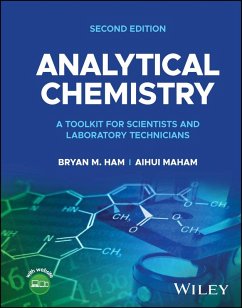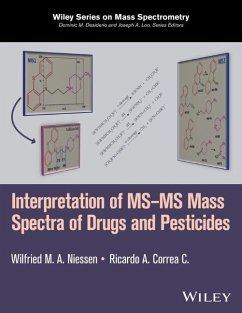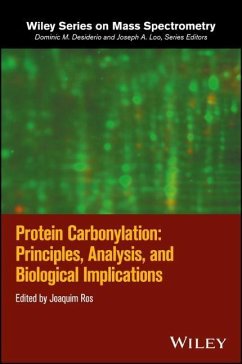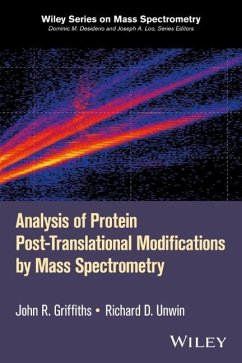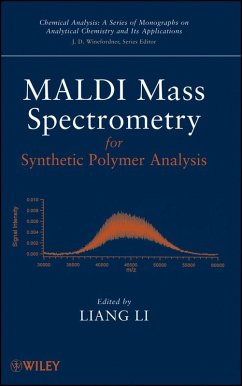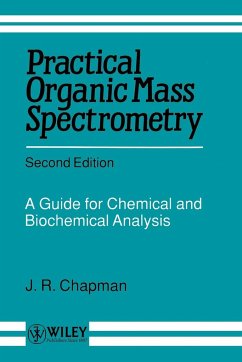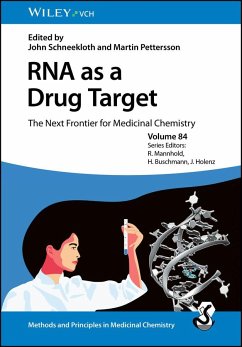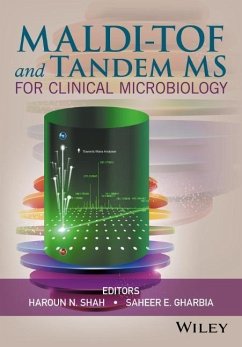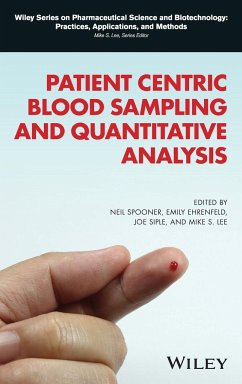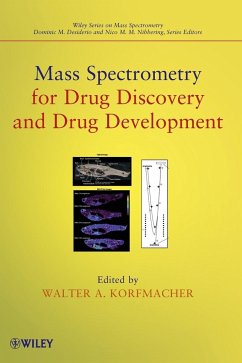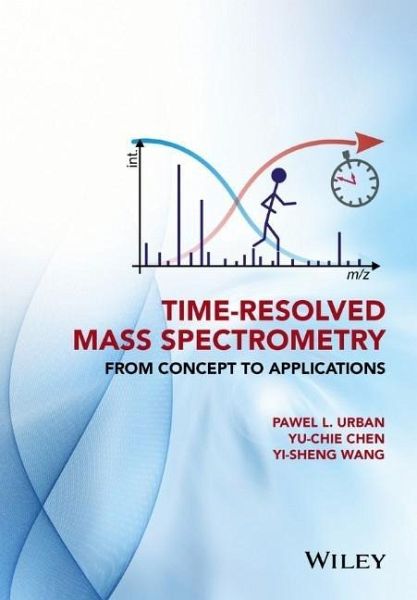
Time-Resolved Mass Spectrometry
From Concept to Applications
Versandkostenfrei!
Versandfertig in über 4 Wochen
99,99 €
inkl. MwSt.
Weitere Ausgaben:

PAYBACK Punkte
50 °P sammeln!
Time is an important factor in physical and natural sciences. It characterizes the progress of chemical and biochemical processes. Mass spectrometry provides the means to study molecular structures by detecting gas-phase ions with the unique mass-to-charge ratios. Time-resolved mass spectrometry (TRMS) allows one to differentiate between chemical states that can be observed sequentially at different time points. Real-time mass spectrometric monitoring enables recording data continuously with a specified temporal resolution. The TRMS approaches - introduced during the past few decades - have sh...
Time is an important factor in physical and natural sciences. It characterizes the progress of chemical and biochemical processes. Mass spectrometry provides the means to study molecular structures by detecting gas-phase ions with the unique mass-to-charge ratios. Time-resolved mass spectrometry (TRMS) allows one to differentiate between chemical states that can be observed sequentially at different time points. Real-time mass spectrometric monitoring enables recording data continuously with a specified temporal resolution. The TRMS approaches - introduced during the past few decades - have shown temporal resolutions ranging from hours down to microseconds and beyond.
This text covers the key aspects of TRMS. It introduces ion sources, mass analyzers, and interfaces utilized in time-resolved measurements; discusses the influence of data acquisition and treatment; finally, it reviews most prominent applications of TRMS - in the studies of reaction kinetics and mechanism, physicochemical phenomena, protein structure dynamics, biocatalysis, and metabolic profiling.
It will assist science and engineering students to gain a basic understanding of the TRMS concept, and to recognize its usefulness. In addition, it may benefit scientists who conduct molecular studies in the areas of chemistry, physics and biology.
This text covers the key aspects of TRMS. It introduces ion sources, mass analyzers, and interfaces utilized in time-resolved measurements; discusses the influence of data acquisition and treatment; finally, it reviews most prominent applications of TRMS - in the studies of reaction kinetics and mechanism, physicochemical phenomena, protein structure dynamics, biocatalysis, and metabolic profiling.
It will assist science and engineering students to gain a basic understanding of the TRMS concept, and to recognize its usefulness. In addition, it may benefit scientists who conduct molecular studies in the areas of chemistry, physics and biology.




